When people are looking to manufacture lamps or lighting, there can be a lot of confusion between the two terms. While they might seem similar, there are distinct differences between what constitutes a lamp and what is considered lighting. Understanding these differences is crucial for consumers and manufacturers, as each type of fixture serves unique purposes and requires different design considerations.
Read on as we aim to clarify what exactly is meant by a lamp and what is meant by lighting. Lamps like table and floor lamps are typically portable and can be moved around a space. In contrast, lighting fixtures like chandeliers and wall sconces are permanently installed and integrated into a building’s electrical system. By distinguishing between these two categories, we hope to provide a clearer understanding of their respective roles, design elements, and the specific UL certification standards required for their safe manufacturing.
Table of Contents
- Lamps vs. Lighting: Key Differences And Similarities Explained
- Manufacturing And UL Certifications Of Lamps And Lighting
- Related Content
Lamps vs. Lighting: Key Differences And Similarities Explained
When illuminating our homes, “lamps” and “lighting” often come up, but they refer to distinct fixtures with unique characteristics and uses. The differences and similarities between lamps and lighting, highlighting their functional roles, design elements, and the critical aspect of UL certification from a manufacturing standpoint, will all be discussed.
Definitions and Functional Roles Between Lamps And Lighting
Though often used interchangeably, lamps and lighting have distinct definitions and functions. Lamps, such as table lamps and floor lamps, are typically portable and designed to be placed on furniture or the floor, providing focused or ambient light where needed. In contrast, lighting fixtures like chandeliers, ceiling lights, and wall sconces are permanently installed and integrated into a building’s electrical system, offering more fixed and often decorative illumination.
Understanding these differences is essential for selecting the correct type of fixture for various applications and ensuring proper installation and functionality.
Here are some of the definitions and functions:
Lamps:
Lamps are typically movable light sources, such as table or floor lamps. These fixtures are designed to be placed on furniture or the floor, offering flexibility in placement and usage. Common types of lamps include:
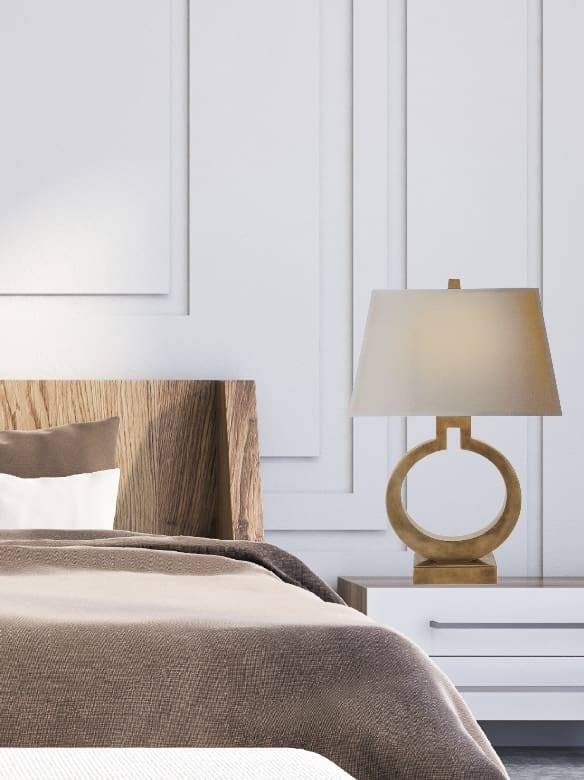
- Table Lamps: These are small—to medium-sized lamps designed to sit on tables, desks, or nightstands. They are ideal for providing focused light for tasks such as reading or working.
- Floor Lamps: Larger than table lamps, floor lamps stand on the floor and can illuminate larger areas. They often brighten corners or provide ambient lighting in living rooms and bedrooms.
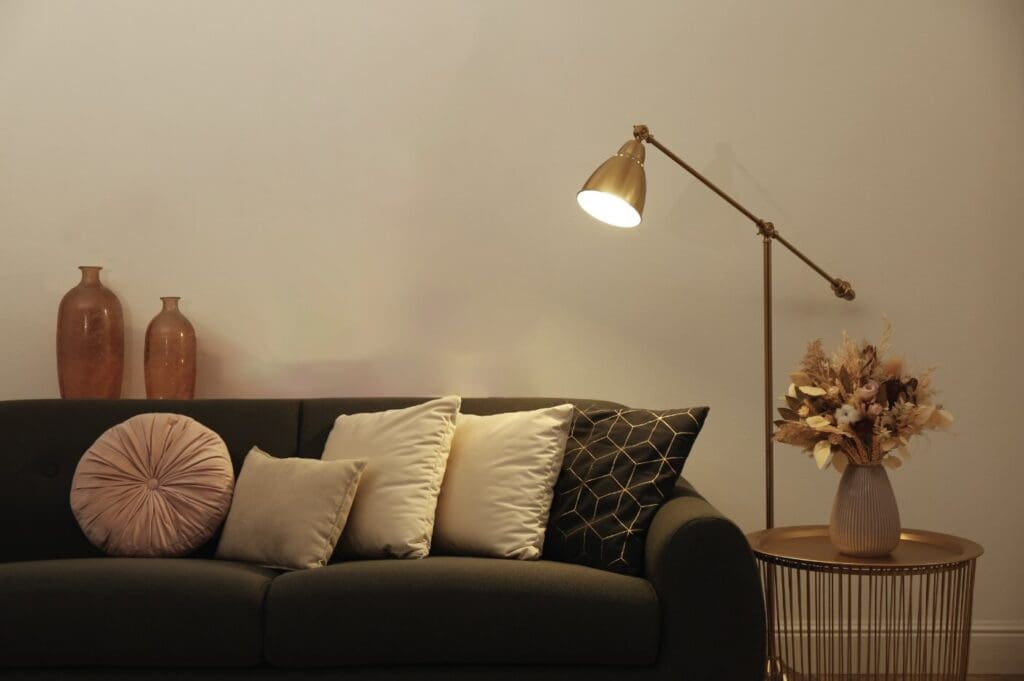
Lighting:
Conversely, lighting refers to fixtures that are permanently installed and wired into the building’s electrical system. Examples include:
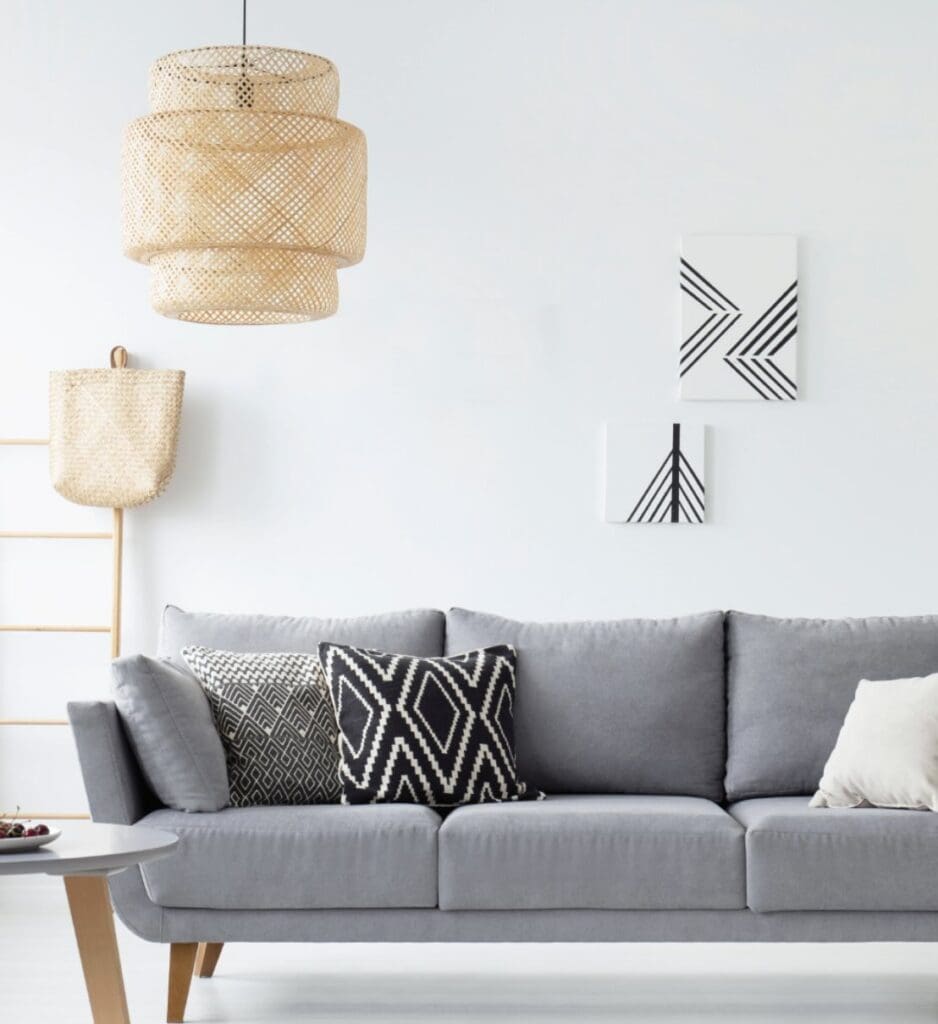
- Chandeliers are ornate light fixtures that hang from the ceiling, often used as focal points in dining rooms or foyers.
- Ceiling Lights: These are mounted directly to the ceiling and include a variety of styles, such as flush mounts, semi-flush mounts, and recessed lights.
- Wall Sconces: Mounted on walls, these lights are often used to provide accent lighting or to illuminate hallways and staircases.

Design And Aesthetic Considerations Of Lamps And Lighting
When considering design and aesthetics, lamps and lighting fixtures offer unique advantages that cater to different needs and preferences.
Lamps, such as table and floor lamps, provide flexibility in placement and can be easily moved to different locations within a room, allowing for adaptable lighting solutions. They often feature a variety of styles, materials, and colors, making them versatile decorative elements that can enhance the overall decor of a space.
On the other hand, lighting fixtures like chandeliers, ceiling lights, and wall sconces are designed to be permanent installations, contributing to a room’s architectural and visual coherence.
Here are some more explanations of the difference between lamps and lighting.
Lamps:
- Portability: One of the main advantages of lamps is their portability. They can be moved around or from one room to another, providing flexibility in how spaces are used and illuminated.
- Decorative Elements: Lamps often come in various styles, materials, and colors, making them vital decorative elements in interior design. The lamp base and shade can significantly influence the room’s aesthetic.
Lighting:
- Permanent Fixtures: Lighting fixtures are designed to be a permanent part of the room’s structure. This permanence allows for more intricate designs like chandeliers with multiple arms and lights.
- Wiring and Installation: Since these fixtures are wired into the electrical system, their installation is more complex and typically requires professional assistance. This permanence also means that lighting setup changes are less frequent than those of lamps.
Similarities Between Lamps And Lighting Explored
Despite their differences, lamps, and lighting share some similarities:
- Purpose: Both serve the primary purpose of providing light, enhancing visibility, and contributing to the ambiance of a space.
- Variety: Both categories offer styles, from modern and minimalist to classic and ornate, catering to diverse tastes and interior design themes.
Manufacturing And UL Certifications Of Lamps And Lighting
Understanding the differences in UL (Underwriters Laboratories) certifications is crucial when manufacturing lamps and lighting fixtures. These certifications ensure the safety and reliability of electrical products, but the requirements for lamps and lighting fixtures are different.
Portable lamps, such as table and floor lamps, must meet specific standards that address the risks associated with movable electrical devices, while permanently installed lighting fixtures like chandeliers and wall sconces adhere to different safety protocols. Recognizing these distinctions is essential for manufacturers to ensure compliance and produce safe, high-quality products.
UL Certification For Lamps And Lighting
UL (Underwriters Laboratories) certification is crucial for ensuring the safety and reliability of electrical products, including lamps and lighting fixtures. However, the requirements for UL certification can vary between these two categories due to their different designs and uses.
Lamps:
- Portable UL Standards: Since lamps are portable, they must meet specific UL standards that address the risks associated with movable electrical products. This includes ensuring that the lamp is stable, the electrical connections are safe, and the materials used can withstand everyday use without posing a hazard.
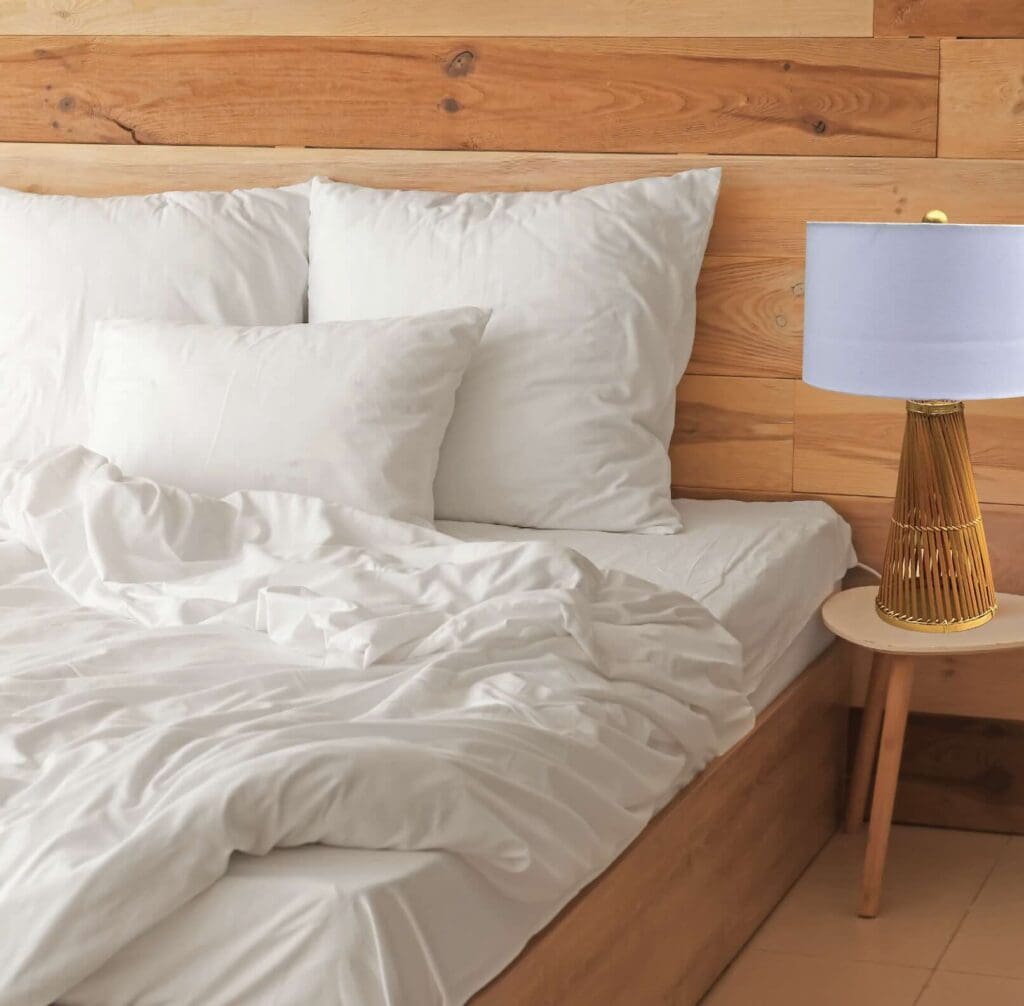
Lighting:
- Fixed Installation Standards: Lighting fixtures that are permanently installed must comply with different UL standards that focus on the safety of fixed electrical installations. These standards ensure that the fixture’s wiring, mounting, and overall construction do not pose fire or electrical hazards over long-term use.

Key Differences In UL Certification:
Regarding UL certification, manufacturers must understand the key differences between lamps and lighting fixtures. UL certification ensures the safety and reliability of electrical products, but the requirements vary based on the type of fixture. Portable lamps, such as table and floor lamps, must meet standards addressing the risks associated with their mobility, including stability and safe electrical connections.
Read on as we explore some of the key differences more.
- Testing Procedures: Portable lamps undergo tests that simulate common usage scenarios, such as tipping over or being moved frequently. Fixed lighting fixtures are tested for their ability to remain safe and functional when installed according to building codes.
- Material Requirements: The materials used in portable lamps must be durable enough to handle movement and occasional impacts. In contrast,fixed-light materials must withstand prolonged exposure to heat and electrical currents without degrading.
At Mondoro, we offer UL certification for portable lighting in Vietnam and China, ensuring we can assist you with all your lighting and lamp needs. We are passionate about portable lighting and believe it’s a fantastic way to enhance the ambiance of your home.
Understanding the distinctions between lamps and lighting is essential for making informed decisions about home illumination. While lamps offer flexibility and ease of use, lighting fixtures provide permanent, often more elaborate lighting solutions.
Both play a crucial role in interior design and functional lighting, with specific UL certification standards ensuring their safety and reliability. Whether choosing a stylish table lamp or installing a grand chandelier, appreciating these differences helps create a well-lit and aesthetically pleasing environment.
Listen To Our Podcast About Lamps vs. Lighting: What’s the Real Difference? Below or By clicking here.
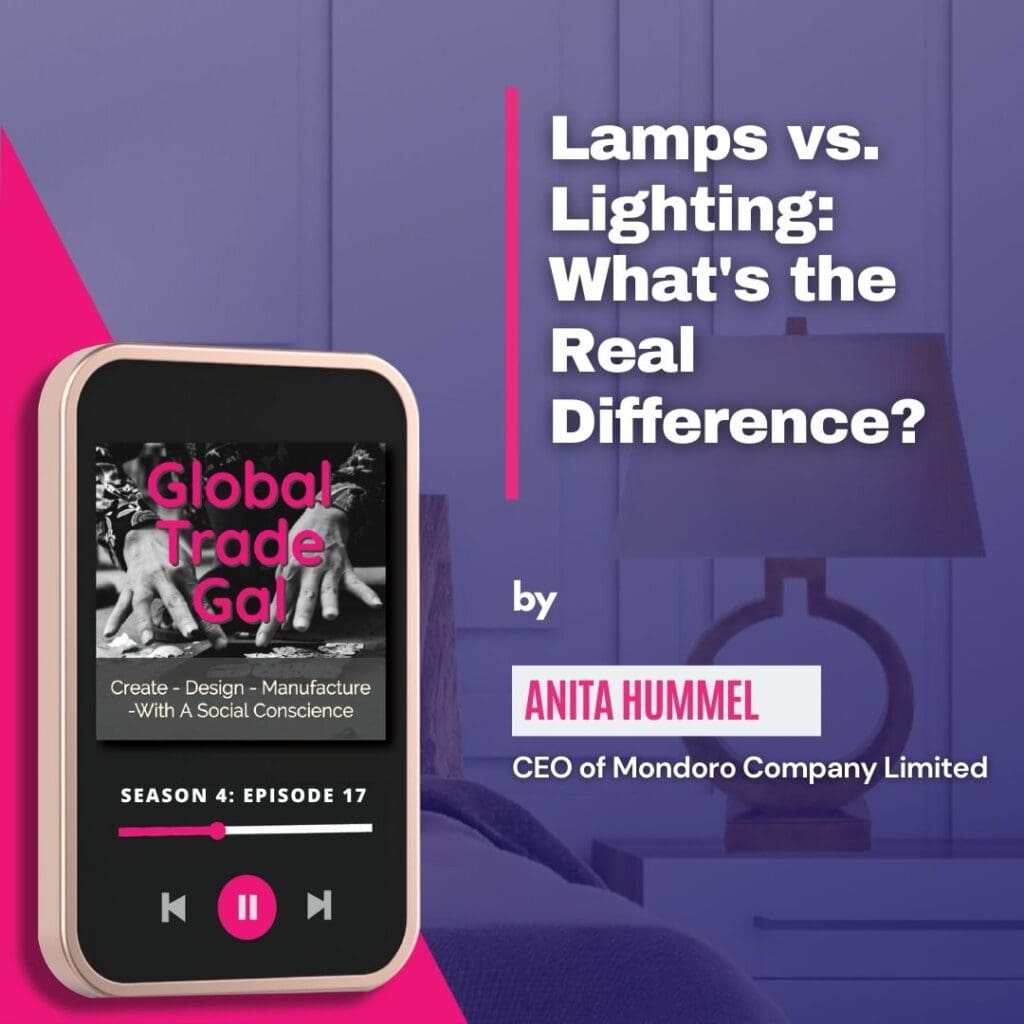
At Mondoro, we create, develop and manufacture home decor and home furnishing products, including UL Listed portable table lamps, floor lamps, and other types of lighting fixtures.
If you want to learn more about how Mondoro can help you create, develop, and manufacture great home decor and furniture products -including lamps – don’t hesitate to contact me, Anita. Check out my email by clicking here or become a part of our community and join our newsletter by clicking here.
Mondoro gives out a FREE Lookbook to anyone interested. You can receive a copy of our latest Lookbook by clicking here.
Listen to our Podcast called Global Trade Gal. You can find it on all major podcast platforms. Try out listening to one of our podcasts by clicking here.
Subscribe to our Mondoro Company Limited YouTube Channel with great videos and information by clicking here.
Related Content
Selling Lamps Online, Understanding Listings and Liability
To sell a lamp to most countries, the lamp must be up to that country’s standard. Many places will not even allow a lamp to be imported if the lamp does not have the right electrical components and standards. Lamps should be UL or ETL listed to be sold in the United States for the US market.
You can learn more by reading Selling Lamps Online, Understanding Listings and Liability by clicking here.
8 Reasons To Look Towards Manufacturing Your Products In Vietnam
With the tariffs that countries like the United States have placed on China, Vietnam is one country that has become a clear winner in the trade war. One reason is that Vietnam has a relatively large, young, educated, and skilled population. The Vietnamese Government is also business-friendly, and the country continues to develop many excellent shipping ports.
You can learn more by reading our blog, 8 Reasons To Look Towards Manufacturing Your Products In Vietnam, by clicking here.
What Is The Difference Between LED, CFL, and Incandescent Light Bulbs?
Incandescent Light Bulb is the light bulb that most of us call a standard lightbulb or the lightbulb Edison invented. CFL is also known as a Compact Fluorescent lightbulb, and as the name implies, a compact bulb fluorescent light bulb. LED is a light bulb that uses light-emitting diodes.
You can discover more by reading What Is The Difference Between LED, CFL, and Incandescent Light Bulbs? by clicking here.

